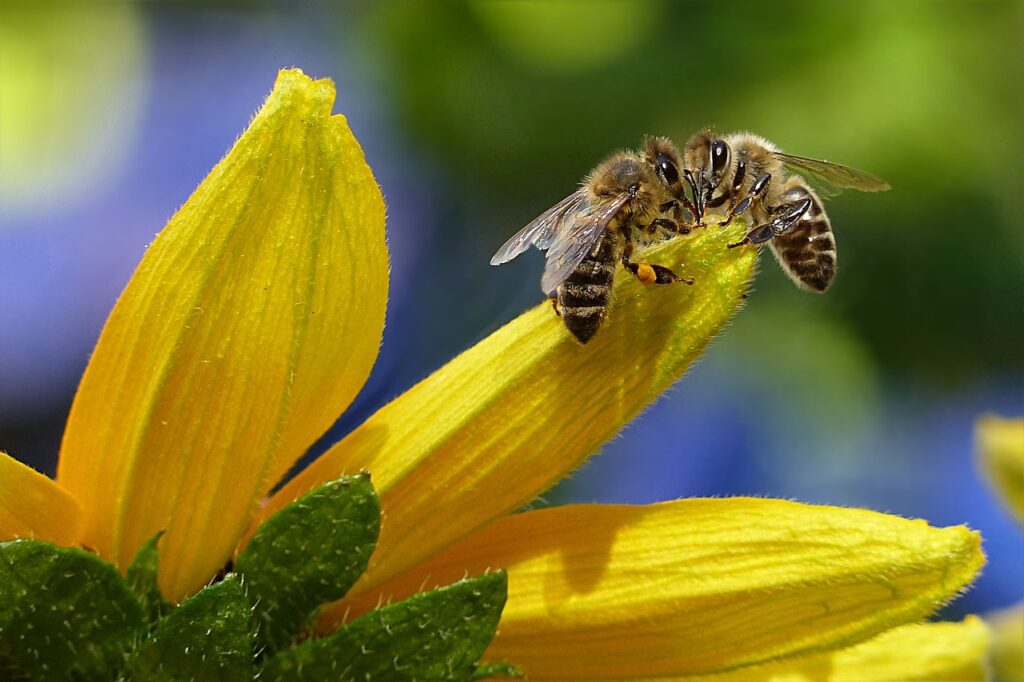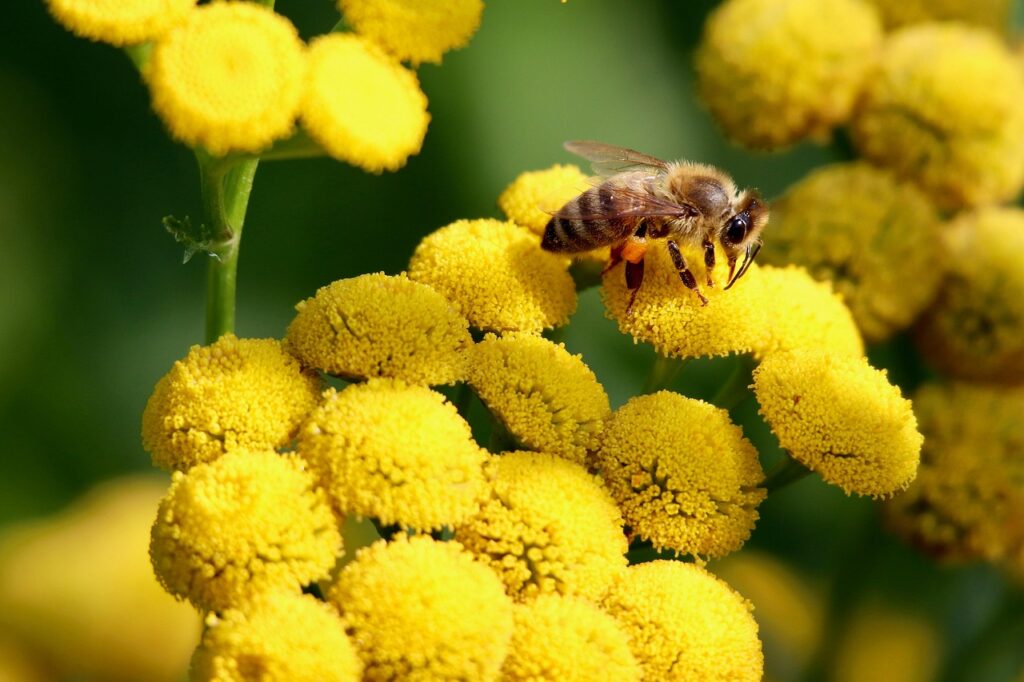Image by UK Centre for Ecology & Hydrology (UKCEH)
Given the critical importance of early detection and rapid response for invasive species management, reporting suspected Yellow-Legged Asian Hornet (YLH) sightings is essential for ongoing eradication efforts.
Here’s how to report sightings in the currently affected areas:
Georgia Reporting System
In Georgia, report potential Yellow-Legged Hornet sightings through the Georgia Department of Agriculture’s dedicated online reporting form[1].
The Georgia Department of Agriculture has created a prominent reporting system on their website specifically for this invasive species[2].
Contact Information for Georgia:
- Online Form: Complete the online reporting form at agr.georgia.gov
- Email: yellow.legged.hornet@agr.georgia.gov[2]
South Carolina Reporting System
South Carolina residents should use the Clemson University Department of Plant Industry’s reporting system[3].
Clemson has launched a specialized identification and reporting system to help combat the spread of yellow-legged hornets, particularly targeting homeowners in Lowcountry counties where the hornet is of greatest concern[3].
Clemson YLH 123 Survey:
- Website: Clemson University Department of Plant Industry’s Apiary Inspection Program website
- Features: Video tutorial on using the reporting tool and instructions for building YLH traps[3]
Essential Information to Include in Your Report
When reporting a suspected Yellow-Legged Hornet sighting, always include the following information:
Required Details:
- Your name and contact information[4]
- Exact location of the sighting (GPS coordinates if possible)[5][6]
- Date and time of sighting[4]
- High-quality photograph of the hornet or nest[4][3][6]
- Direction the hornet flew when leaving (if observed)[4]
Additional Helpful Information:
- Description of the insect’s behavior (what it was doing)[4]
- Size, color of head and body (if no photo available)[4]
- Any observed damage to bee hives (if applicable)[4]
Critical Safety and Reporting Guidelines
Photography Requirements:
- A photograph is generally required for confirmation[4][3] – reports without photos are difficult to verify
- Take photos from a safe distance – do not approach closely or disturb the hornet
- Include something for scale in the photograph when possible
Safety Precautions:
- Do not disturb or attempt to capture the hornet or nest[5][3]
- Leave nests undisturbed so field inspectors can properly remove them[3]
- If you can safely take a photo, do so to assist with identification[1]
Response Process
After submitting a report, expect the following response:
- State inspectors will review submitted photos and information
- Field verification will be conducted for credible reports
- Laboratory confirmation may be required for positive identifications
- Rapid response teams will be deployed to destroy confirmed nests
Other States and Regions
For suspected sightings outside Georgia and South Carolina:
- Contact your state’s Department of Agriculture to report the pest[4]
- Mississippi residents can use Mississippi State University’s online reporting system[7]
- Federal coordination through USDA APHIS provides oversight across state lines[8]
Mobile Applications
Several mobile apps are available for reporting hornet sightings:
- Asian Hornet Watch app (available for both Android and iPhone)[9][6]
- Hornet Watch Report Form for other hornet species in Washington State[4]
Why Reporting Matters
Public reporting serves as the frontline defense against YLH establishment. Early detection through citizen science enables:
- Rapid response before colonies become fully established
- Nest location and destruction during vulnerable periods
- Population monitoring to assess eradication success
- Resource allocation for targeted control efforts
In Summary
The success of eradication programs depends heavily on public participation in reporting suspected sightings.
Even if a sighting turns out to be a native species, reporting helps build the surveillance network necessary to prevent YLH establishment in North America.
⁂
- https://agr.georgia.gov/yellow-legged-hornet
- https://agr.georgia.gov/pr/discovery-yellow-legged-hornet-confirmed-georgia-first-time
- https://news.clemson.edu/clemson-launches-new-yellow-legged-hornet-reporting-system/
- https://agr.wa.gov/hornets
- https://www.nonnativespecies.org/non-native-species/species-alerts
- https://www.nationalbeeunit.com/diseases-and-pests/asian-hornet
- http://extension.msstate.edu/report-invasive-hornet-sighting
- https://www.aphis.usda.gov/plant-pests-diseases/yellow-legged-hornet
- https://www.nationalbeeunit.com/about-us/beekeeping-news/yellow-legged-hornet-2025-rolling-update



